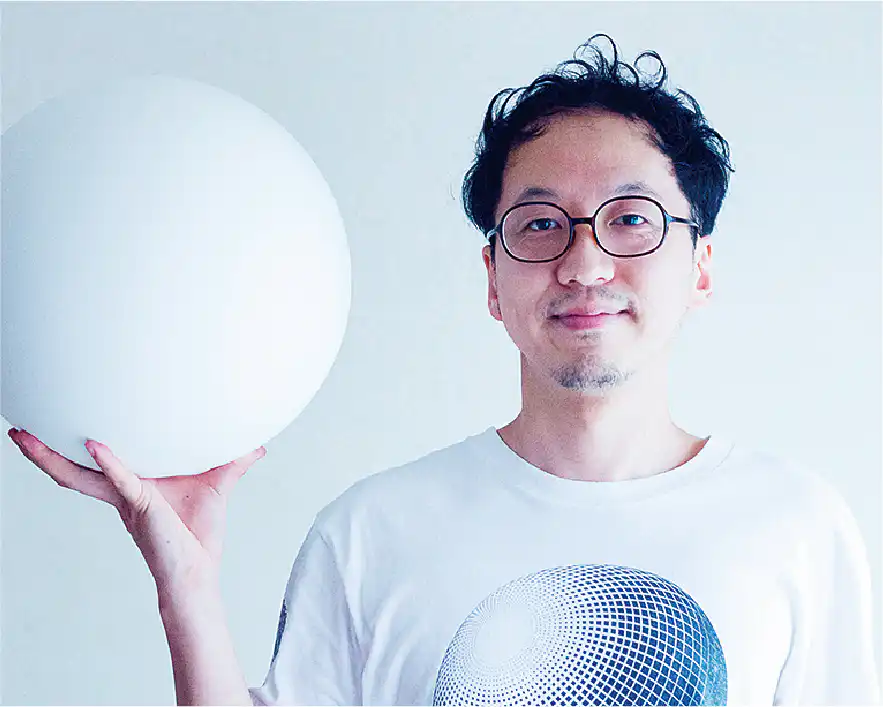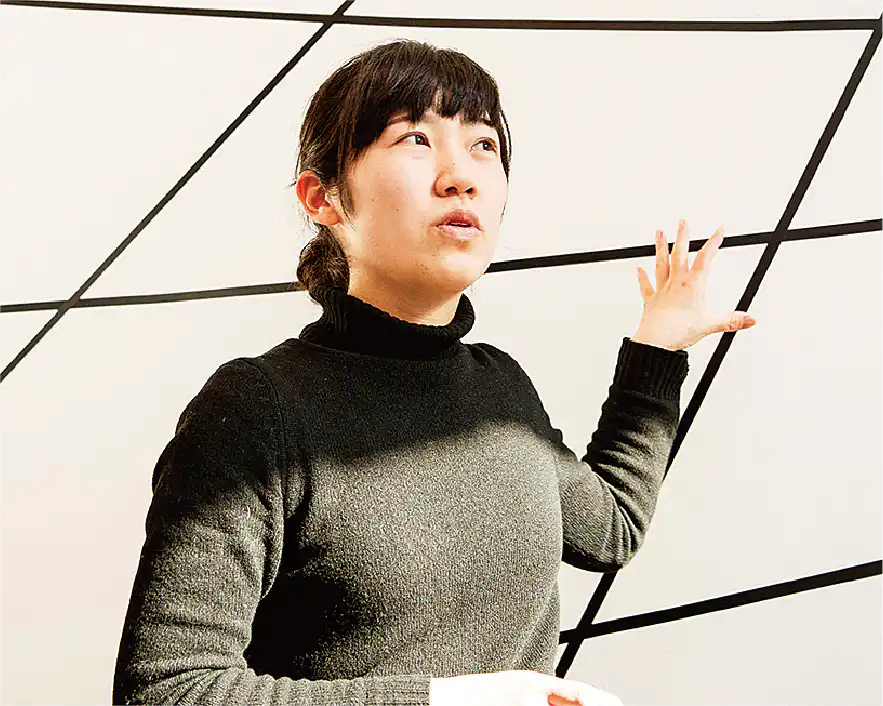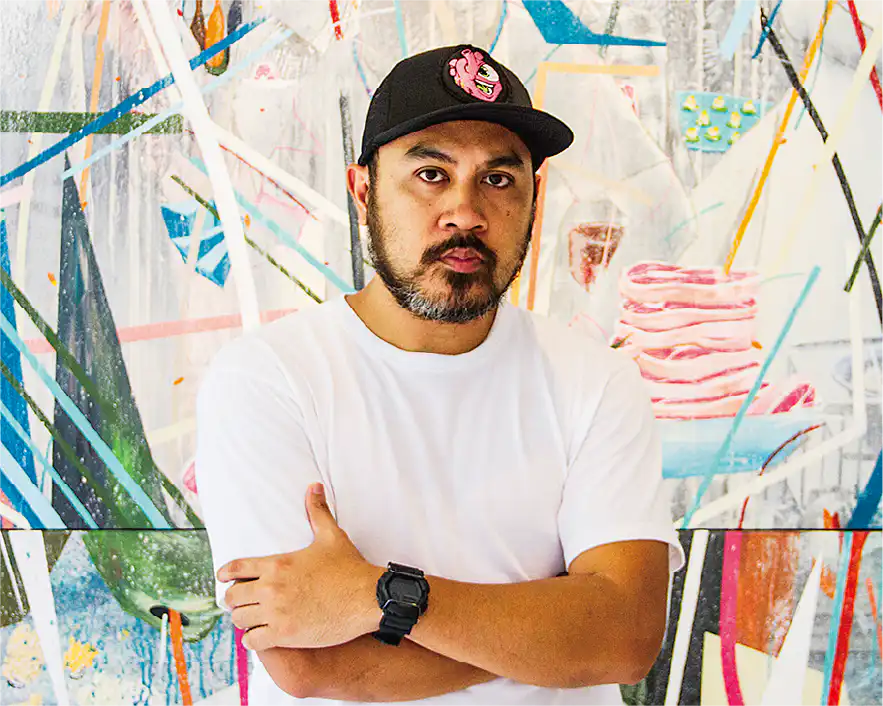
オンラインAIRは、
社会的孤立を軽減することが
できるツール
これまで陸前高田にフォーカスしたレジデンスプログラムに2度参加しましたが、この度の住田や大船渡などの広域的取り組みに興味を持ちました。オンライン・レジデンシーは、地域とアーティストとの継続的な関係を可能にする素晴らしい取り組みです。仲間たちに会い、今日の課題やパンデミック後の状況の進展について話し合う機会を得られたことをとても嬉しく思っています。私は、孤立は社会の中で心理的な影響を残すと考えています。オンライン・レジデンシーは、それらを軽減するためのツールなのです。
オンライン・レジデンシーで得られた経験は、パンデミック後のリサーチのあり方にも影響を与えました。また、現地に行く前に遠隔地での調査を行うことで、アーティストが現地に到着してから向き合うプロセスをより深く理解することができます。
今年のリサーチでは、プログラムディレクター、コーディネーターたちと話し合ったいくつかのアイデアを中心に進めていき、また、地域を代表する専門家たちとのコミュニケーションも行いました。
The online residency is
a tool to mitigate isolation in society
I’m Having participated twice in a residency program that focuses on the Rikuzentakata region, I was intrigued by the broader framework, including Sumita and Ofunato. The online residency is a great initiative allowing a continuous relationship between the region and the artists to be sustained. I was very pleased to have the opportunity to meet my colleagues, discuss the challenges we face today, and the development of the post-pandemic situation. I believe isolation will have left psychological consequences within society. The online residency is a tool to mitigate such outcomes.
Experience gained within the online residency will further influence development of our research models in the post-pandemic period. Conducting a remote study before going to the region will help gain a deeper understanding of the processes that artists will face upon arrival at the site.
As part of my research this year, I focused on a number of ideas we discussed with program director and coordinators and also communicated with experts representing the topic in the region.
インターネットを通して
ラトビアと陸前高田をつなぐ「窓」
そして、最終的には「窓」をテーマにすることにしました。
パンデミックの間、家で過ごしていたラトビアの人々を励ましたのは、自然に目を向け、お互いに安全な距離を保ちながら、森や沼地、水辺を散歩することでした。私が陸前高田市に滞在していたときのことを思い出すと、山や川の流域、海辺を歩くのがとても楽しかったことを覚えています。陸前高田市には美しい自然があり、パンデミックによる制約から解放される絶好の機会を得ることができます。
日本とラトビアの自然歩道の近くに、インターネットに接続されたスクリーンと、画像を送信するカメラのようなものを置くことを想像してみてください。ラトビアの沼地のトレイルでの出来事が日本で見ることができ、日本の表情豊かな風景の出来事がラトビアで見えるようになります。それはリアルタイムの映像です。沼の道を歩く人は、遠い国の風景を見ることになります。そして、鳥や鹿や人に出会い、時には夜になることもあります。
また、コーディネーターの越戸園佳さんと浩貴さんの協力を得て、陸前高田市の自然の中で実験的なZOOMミーティングを行いました。私はラトビアの森へ、園佳さんと浩貴さんは日本の山間にある川のほとりへ行きました。それは、人と自然が一体となった感動的な出会いでした。
このプロジェクトをデザインした後に、自然の中で話をしたり、今はまだ実際に体験できないことをスクリーンに映し出し、環境を感じてもらうプロジェクト、作品制作を提案しています。そのような機会があれば、この制限された枠組から抜け出すことができるのではないでしょうか。
A "window" connecting Latvia and
Rikuzentakata through the Internet
We decided upon the idea of “windows” as the final topic to be developed.
Spending time at home during the pandemic encourages people in Latvia to turn to nature—go on walks in forests, swamps or near water, while keeping a safe distance from each other. Recalling my stays in Rikuzentakata, I remember with great pleasure walking in the mountains, the river valleys or along the sea shore. Rikuzentakata is endowed with beautiful nature, which now serves as a great opportunity to get a breather from the restrictions imposed by the pandemic.
Imagine placing an object near a nature trail in Japan and Latvia—a screen with an Internet connection and a camera that would transmit images. The happenings of a Latvian bog trail would be made visible in Japan and the happenings of Japan’s expressive landscape would be visible in Latvia. A real-time image. People walking along the trail would see a picture from a distant land. They would meet a bird, a deer or a human there. Sometimes it would be night.
Together with the coordinators, Sonoka and Hirotaka Koeto, we held an experimental ZOOM meeting in the natural surroundings of Rikuzentakata. I went to the Latvian forest whilst Sonoka and Hirotaka Koeto went to the bank of a mountain river in Japan. It was a touching encounter to come together with people and nature.
I offer to create a platform as the post-design phase of this project, where we could talk in nature and show on screen what can not currently be experienced in person, allowing them to get a sense of the environment. I believe such meetings would help people to get out of the restriction-imposed frame.








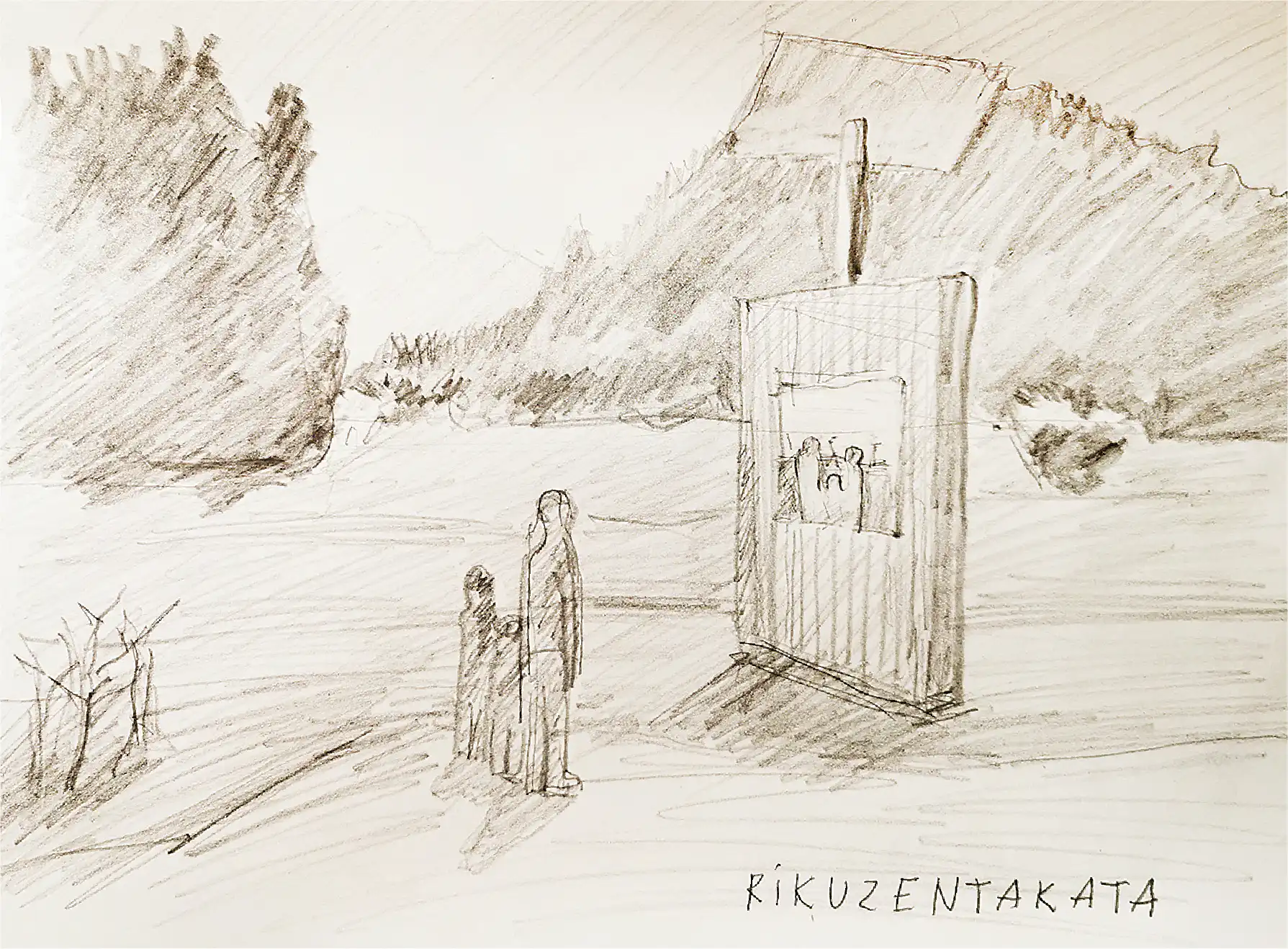
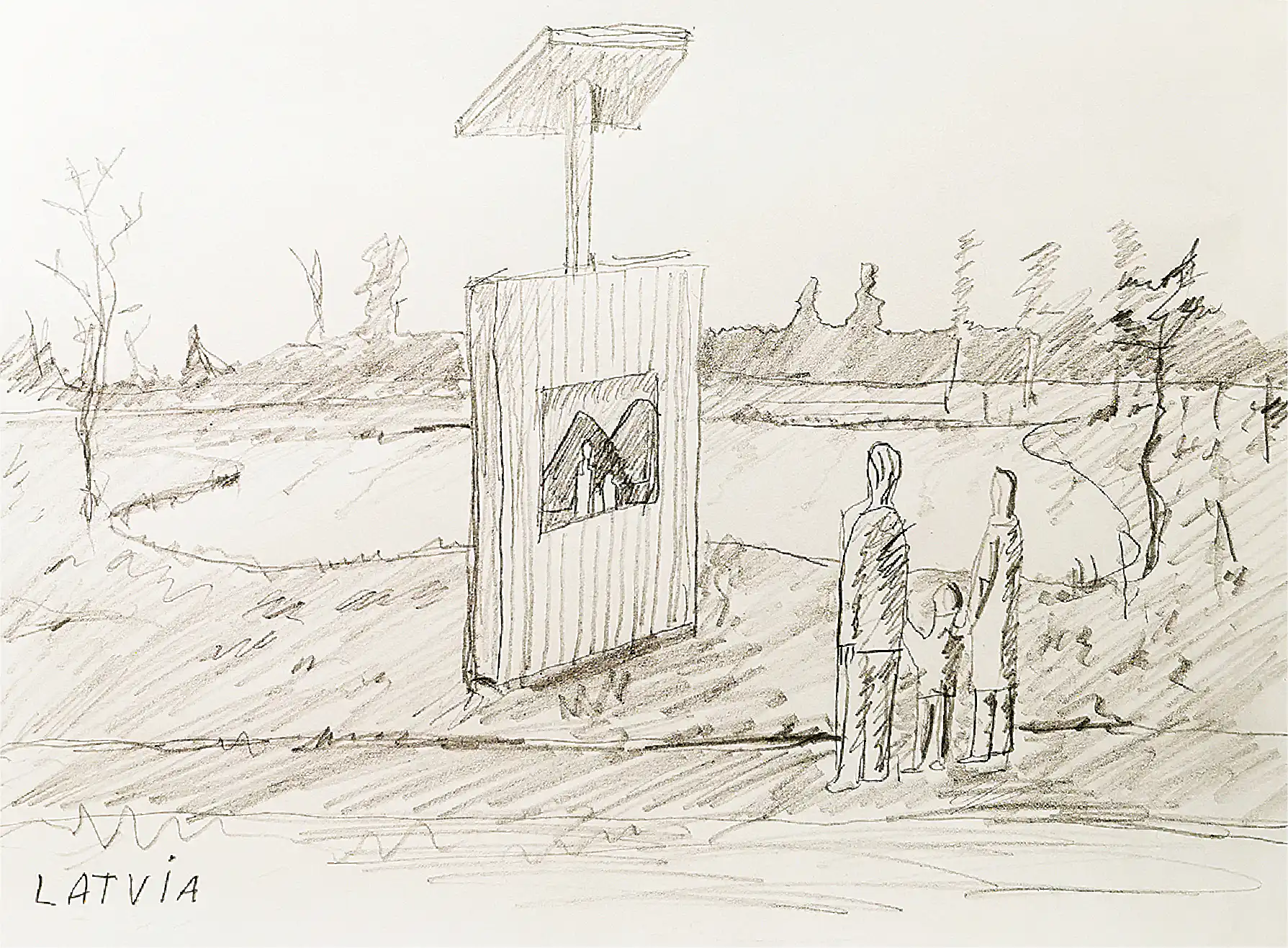
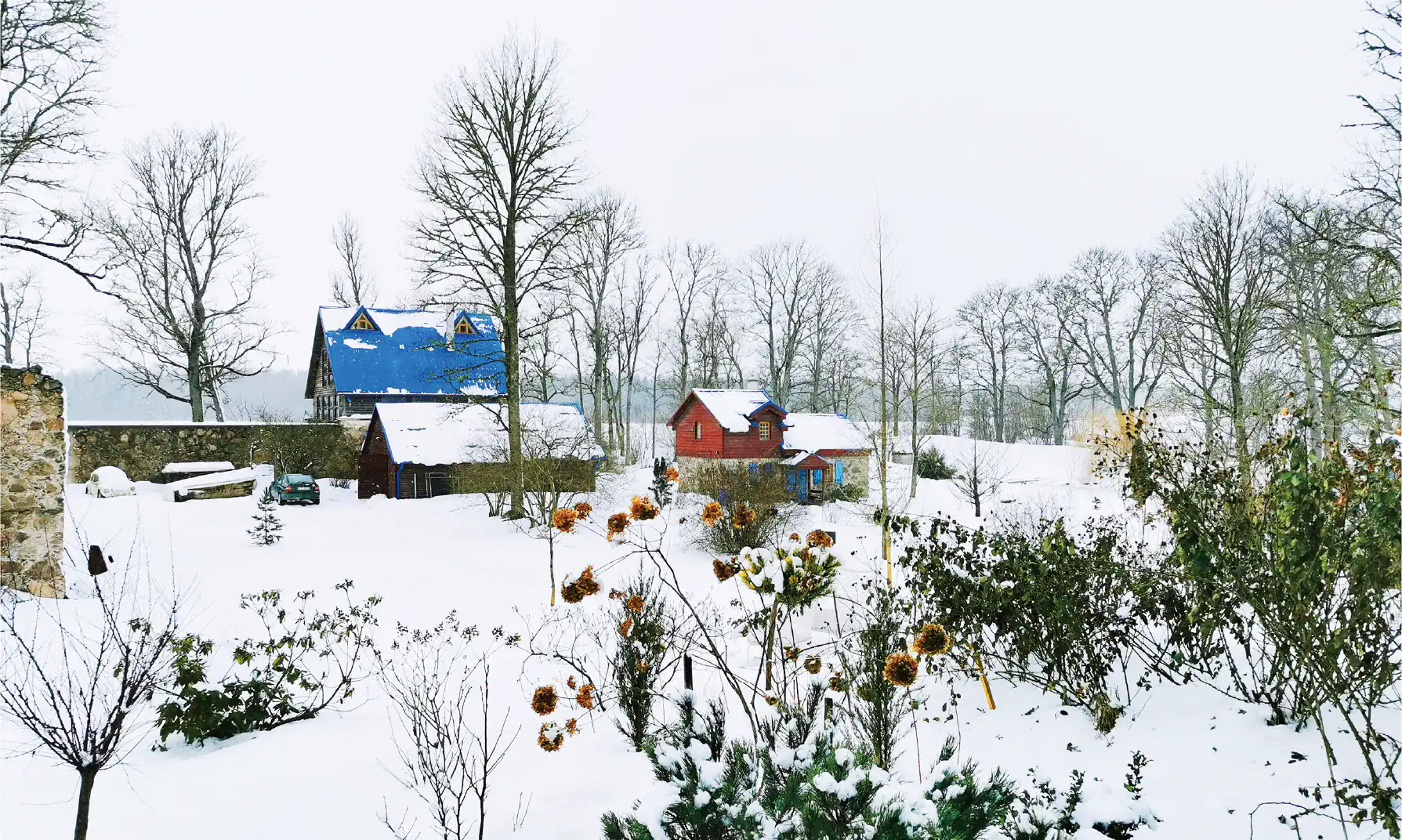
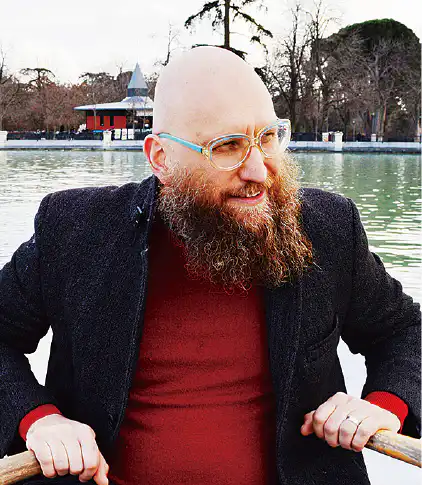
アイガルス・ビクシェ Aigars BIKSE
木、ブロンズ、石を素材とした彫刻作品を中心に、社会的なアイデンティティの確立や対立などを問題にするなど、場所やその土地の人々の暮らしを読み解きながら、さまざまな彫刻的なインスタレーション、アートプロジェクトを行っている。また空間デザインやオペラ、演劇など舞台芸術も数多く手がける。主な作品に、《ピンク・ハウス》(クリスタプス・グルビスとの共同プロジェクト、ヴェネチア・ビエンナーレ、ジェネレーション・ヨーロッパ館、イタリア、2005年)、《母なる地球のオフィスの1/10》(リガ中央墓地のためのクルサ通り2番地のオブジェ、ラトビア、2004年)、《ヨーロッパ的空間》(クリスタプス・グルビスと共同キュレーション、リガ国際彫刻四年祭、ラトビア、2002年~2004年)、ほか多数。ラトビア・アートアカデミー教授。
BIKŠE was born in 1969 in Riga, Latvia, and continues to reside there now. His work is mostly sculpture in wood, bronze or stone. In various sculptural installations and art projects, he explores places and the people who live in them, in particular problems such as the establishment of and conflict between social identities. He also works on space design and performing arts such as opera and theater. His major works, exhibitions, projects and workshops include Pink House, a collaboration with Kristaps Gulbis in the Generation Europe Pavilion, 51st International Venice Biennale (2005); Object 1/10 of Mother Earth’s Office at 2 Klusa Street dedicated to the main Cemetery of Riga City, Latvia; and European Space, a co-curation project with Kristaps Gulbis at the International Riga Sculpture Quadrennial, Latvia (2002-04). He is a professor of the Art Academy of Latvia.

